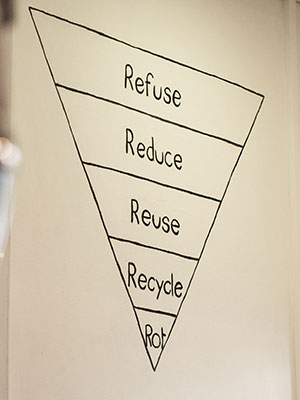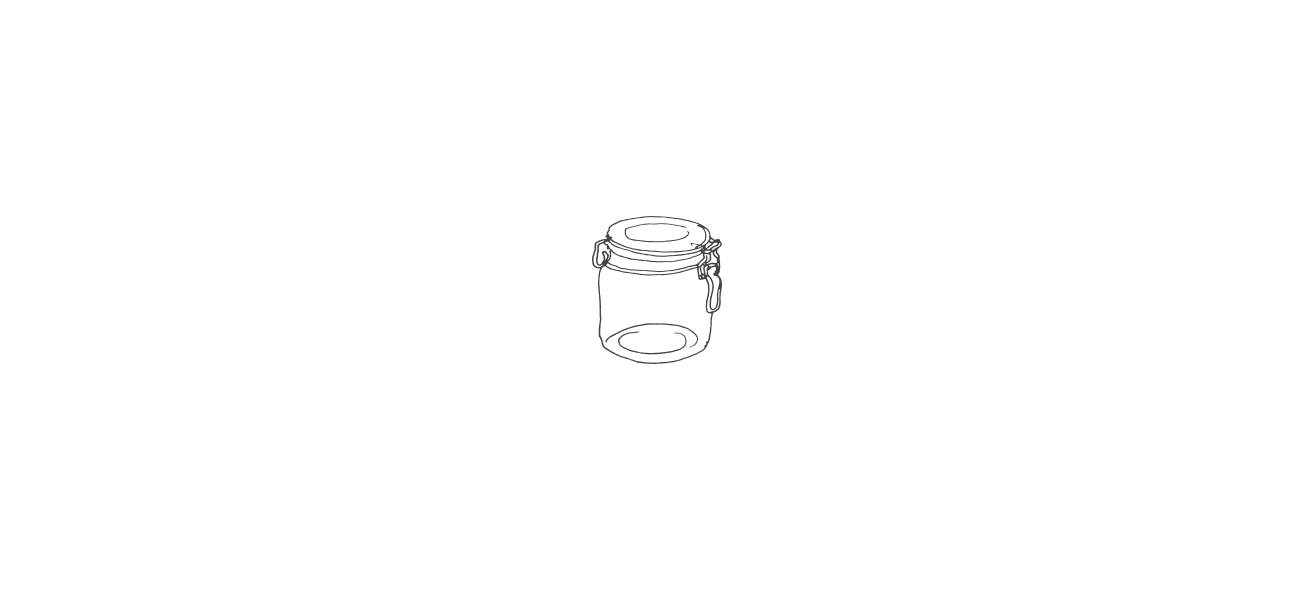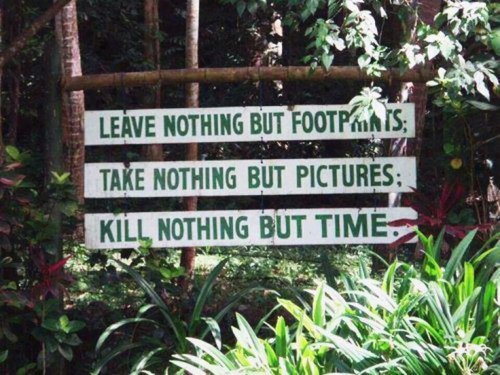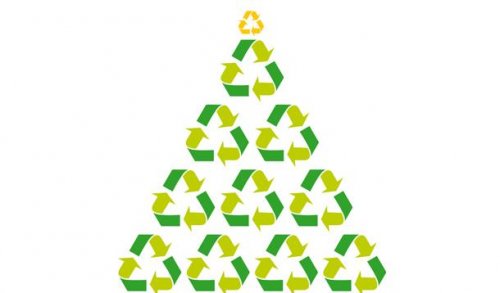Zero Waste
What is zero-waste?
To live Zero-Waste is to eliminate (or drastically reduce) the products that get sent to landfill and recycling centres. As you glance out your window at your (probably) full bins, this might seem unrealistic and unattainable, right? Thanks to the pioneer in the zero-waste movement, Bea Johnson, we now know this is do-able and much easier than you initially think. It just takes knowledge, compassion and an understanding of the 5 R’s.
What are the 5 R’s?
 Refuse. Reduce. Reuse. Recycle. Rot. Say it and say it again. We have it painted on our wall as a constant reminder. To achieve zero waste we must strive to follow these steps.
Refuse. Reduce. Reuse. Recycle. Rot. Say it and say it again. We have it painted on our wall as a constant reminder. To achieve zero waste we must strive to follow these steps.
1. Refuse to be a part of the problem. Confidently refuse over-packaged products and single use plastics.
2. Reduce what you don’t need, simplify your life, donate unused items. Then reduce your carbon footprint in other areas too.
3. Reuse bags, jars, bottles, clothes; give everything a new lease of life.
4. Recycle what can’t be refused, reduced or reused.
5. Rot your organic materials, composting is nature’s natural process of recycling.
Whatever cant be refused, reduced, recycled or composted ends up in landfill!
What is landfill?
Lets dissect that word, land + fill. When it’s broken down in that way it becomes self-explanatory, we are filling up our land…with rubbish! Toxic rubbish! The land that grows our food to nourish our body, the land that gives us air to breathe and water to drink. Unfortunately this problem goes unnoticed because it’s out of sight, out of mind. Not many people can say they have seen (or smelt) a landfill sight. But when you take a moment to think, every single thing you have ever thrown ‘away’, is in fact still on/in this Earth! Many of the UKs landfill sites are located in flood plains. These are at risk of releasing toxic waste due to flooding and coastal erosion, many sites contain hazardous chemicals and asbestos. That was a very sobering thought for us and admittedly made us feel sick with guilt. There is no such thing as away. Everything is still here, and yet we are producing more and more to keep up with demands of the consumer; which is you and I. But wait a minute, ‘I recycle’ I hear you say…
What’s wrong with recycling?
Recycling is a distraction to our growing waste problem. When our ‘stuff’ can’t be refused, reduced or reused it seems favourable to recycle over sending it to landfill. However, this is where problems arise; there are no recycling regulations in place for both manufacturers and consumers to follow, labeling is often confusing and the reality is most items get downcycled as opposed to recycled. Downcycling is where materials are broken down into unrecyclable lesser products. Each time a plastic bag/packet/container gets ‘recycled’ it is actually being broken down to create a new product that becomes unrecyclable both economically and chemically, ultimately destined for landfill which you was trying to avoid initially. The message in the zero waste world is to recycle when necessary but if you follow the 3 R’s before it, your recycle pile will drastically reduce anyway.
What difference will I make?
Even with one small change YOU have the power to make a huge difference over the course of your lifetime and who knows who you will inspire along the way. Striving for zero waste isn’t about being perfect; it’s about taking responsibility for your own actions and looking at the bigger picture. Most importantly it’s about pledging to make conscious decisions in day-to-day life that will help to heal this planet and allow it to thrive, as it should.
Tell me more!
There are some hugely influential and inspirational people leading the way in the zero waste movement right now. We have compiled a list of people who are teaching us how striving for zero waste can simplify your life, make you happier, healthier and heal the planet at the same time:




